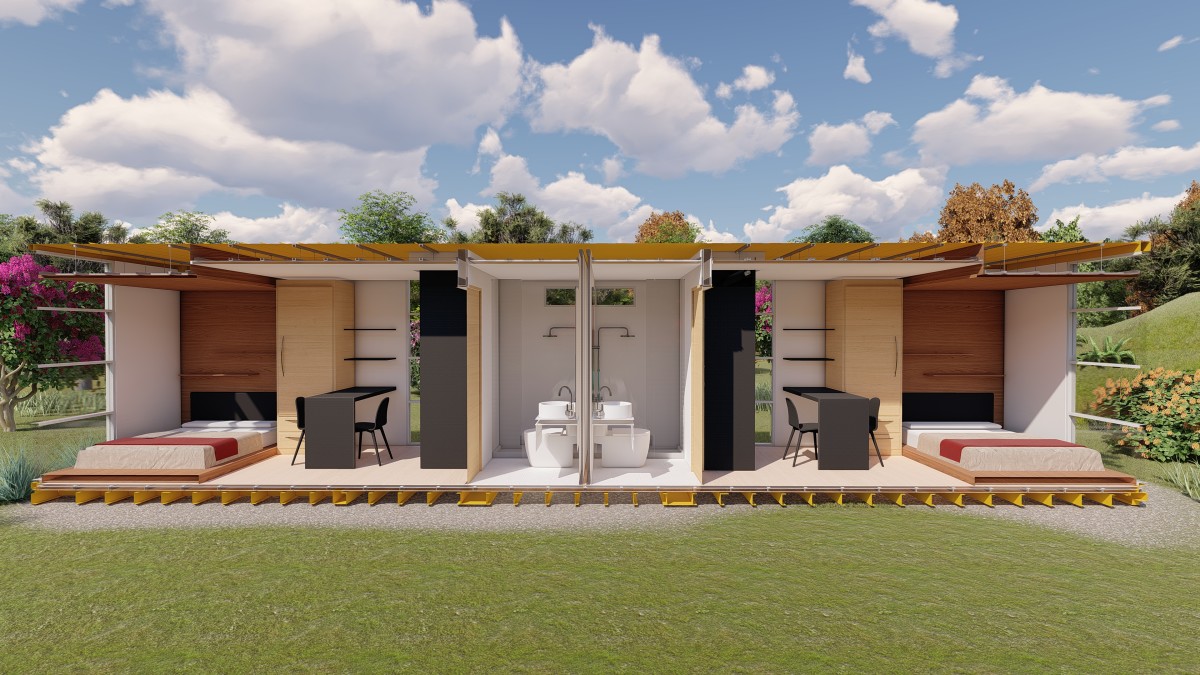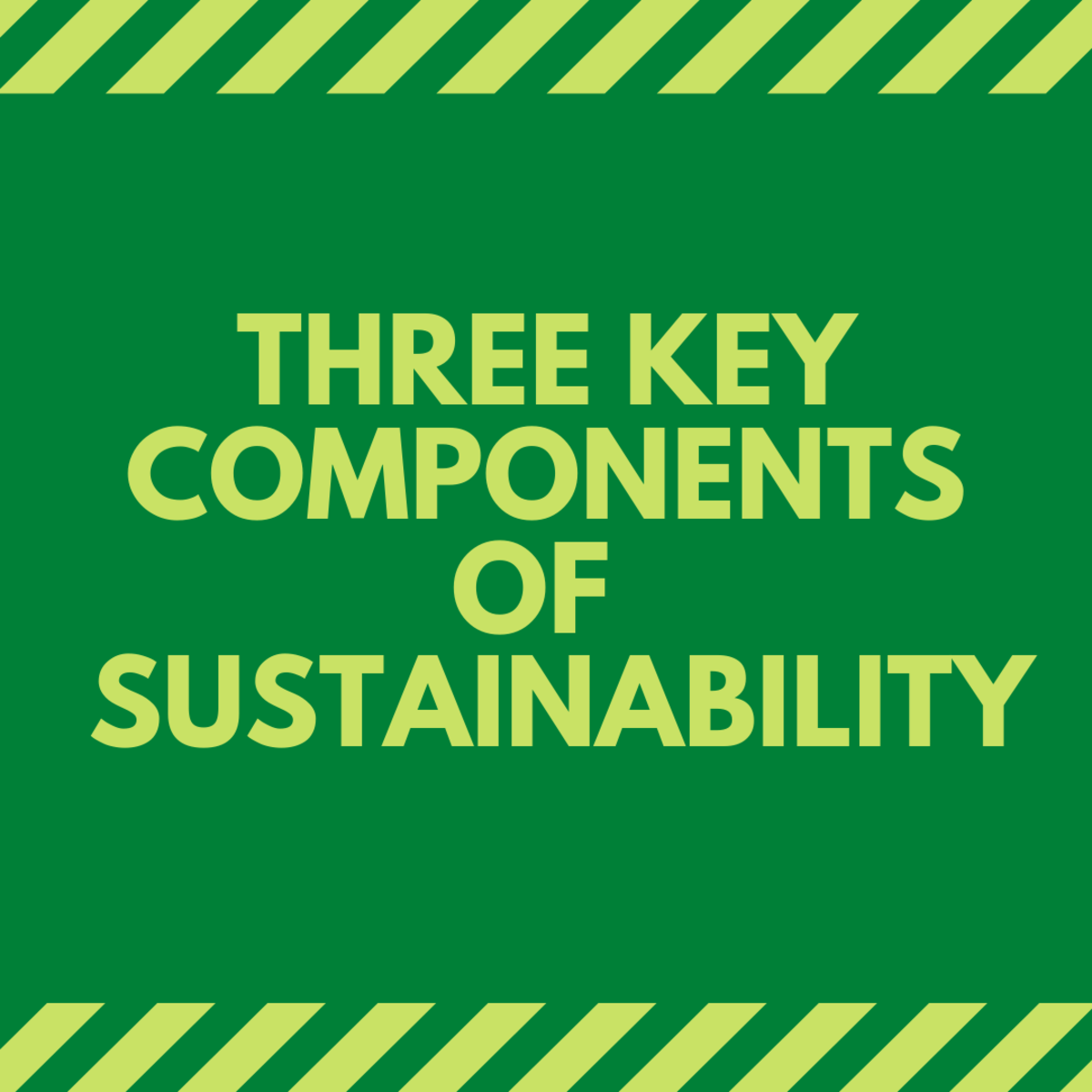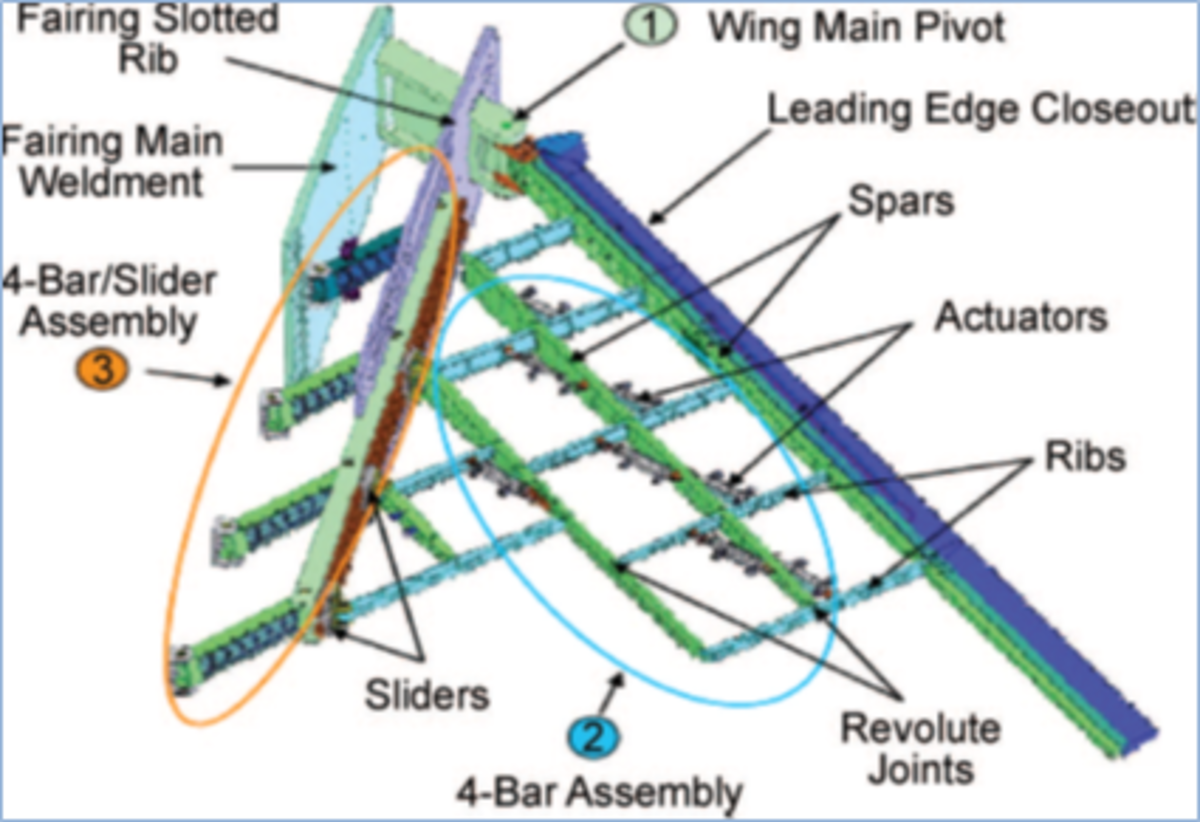Sustainability: Green Roofs
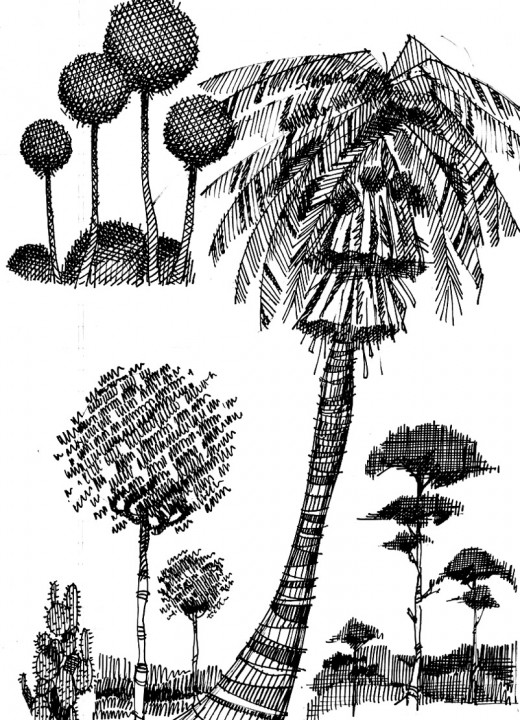
Green roofs — roofs that consist in part of plant material —are called green, meaning environmentally friendly, for a variety of very important reasons. First, green roofs can capture rain- and snowfall, thereby reducing the roof’s eventual run-off of stormwater that must then be piped elsewhere, filtered, treated, and recirculated for eventual human use. Instead that captured water recirculates back to the atmosphere through the plant cycle of absorption, filtration and aspiration. Second, green roofs can reduce the heat-island effect in urban areas, in which the heat captured by a roof and re-radiated later can create an urban ‘heat island’, significantly altering local climate and pollutant and smog levels. Third, green roofs re-oxygenate the surrounding air via the transpiration of plants. Fourth, green roofs provide a ‘wearing layer’ of plant material that intervenes between the roof structure and the elements, potentially lengthening the effective service life of the roof. Fifth, green roofs may provide habitat for plants, animals and insects that in turn contribute to the overall biodiversity of a region. Sixth, green roofs may contribute significantly to the quality of life of users and neighbors, by offering improved views, passive and active green and social spaces, and the possibility of more synergistic facilities.
Those caught up in the enthusiasm of the environmental movement and trendy green design may think of green roofs as a modern phenomenon, but they have in fact been around for thousands of years. One of the seven wonders of the ancient world, the famous Hanging Gardens of Babylon were an early form of ‘green roof’’. Many cultures throughout the centuries have used earthen and planted layers as roofs and sometimes as fully functional plazas or ceremonial spaces atop structures. But as our technologies have become more sophisticated, and our awareness of environmental and energy concerns more keen, green roofs have evolved to become more efficient, less costly, lighter in weight, and thus more attractive to a much wider audience.
Green roofs are also sometimes referred to as living roofs, planted roofs or vegetated roofs. Typically, such roofs include all of the basic components of any traditional roof: structure, insulation, waterproofing membrane or system, wearing surface, ballast (material applied to keep roof materials in place against uplift under extreme wind conditions), and flashings and trims. But green roofs go further, incorporating systems for moisture retention and/or drainage, formulated growing materials for plants, and the actual plant materials themselves. They may also incorporate other amenities, such as walkways, patios, running tracks, gardens, trees, benches, arbors, and other such structures. While a great many green roofs are flat or nearly flat, there are also growing numbers of sloped (some quite steeply) green roofs, as well as vertical or near-vertical green walls. Find out more at rickzworld.
Green roofs are most often categorized by their relative intensity of human use, and thus the depth, complexity and weight of the total of all roof materials and system components. The lightest intensity of human use is, of course, zero. Green roofs that contemplate zero human use, and are thus inaccessible, can be kept the thinnest and lightest, and can be designed to require little or no long-term maintenance. Weighing in at around 15 pounds per square foot when dry, and perhaps 30 pounds per square foot when fully wet, such green roof systems typically include a waterproof membrane or drainage layer, topped by a 3 to 4 inch thickness of formulated organic growing medium supplemented with minerals, supporting plants such as sedum, grasses, herbs and other hardy landscape materials. Once established via initial irrigation, such roofs may require very little long-term maintenance. Such roofs can be ideal for warehouse and industrial roofs.
Moving next up the scale of depth and intensity is the green roof upon which lightweight or occasional human use is anticipated. Now weighing in at as much as 75 pounds per square foot, such roofs will generally have thicker soil or organic medium layers of up to as much as one foot or more. While these roofs also incorporate a waterproof membrane or drainage layer and mineral-enhanced organic medium, they may also include a wider variety of plants, shrubs and even small trees. Such roofs serve well as adjunct recreational spaces for condominiums, apartments, museums, university buildings, civic facilities and the like. The complexity of such roofs raises their demand for continuing irrigation, maintenance and care.
At the top of the scale of complexity and weight are those green roofs intended for constant or intensive human use. Here, too, soil or organic medium depths may top out at about a foot or so, and the roof may support a wide variety of plantings, including some full-size trees. While the green roof system alone may be not much different than in the previous instance, those elements demanded by the roof’s functional use — such as walks, patios, running tracks, gardens, benches, gazebos, etc. — may add significant weight as well. Due to their intensity of use, such roofs typically require ongoing regular maintenance of mowing, weeding, fertilizing, and irrigating, just like any high-use area on grade. Such green roofs lend themselves to fully functional outdoor spaces at hospitals, office buildings, residential structures, and civic facilities.
Green roofs contribute mightily to a greener bottom line. Their shading presence and insulative qualities keep roofs cooler, decreasing demand on air conditioning systems, as well as extending the useful life of roofs. Their cooling and filtering of surrounding ambient air via plant transpiration further reduce cooling demand, simultaneously diminishing pollution and smog effects. Their capture, retention, filtering and recirculation of rainwater drive down costs inherent in storm drainage, piping, processing and filtering.
The overall quality of life of users and neighbors is significantly improved by the positive visual, aesthetic and physiological impact of green roofs. At the same time, the economics of green roofs continue to shift toward ever more positive long-term financial and resource benefits. Green roofs have thus become a strong and vital component of our world’s striving for sustainability.
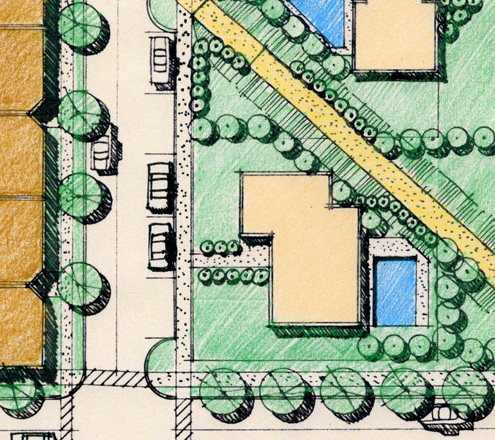
- Sustainability 67: Green Walls
Green your walls An increasingly popular variation of the more well-known green roof concept is that of the green wall. In a green wall, vegetation is encouraged to grow on a vertical surface, rather than being restricted solely to the ground or to.. - Selecting a Green Appliance
In Harmony with Earth by rlz We could all live in a bit greater harmony with the planet if we should choose green appliances in the future. The desire for green homes continues to increase, across America and around the world. It is estimated that... - Green Bathroom Design
One of the best ways to help save the planet is to upgrade the water consumption (and hot water consumption) characteristics of your bathrooms. - Going Green: No Longer a Fad
How have ordinary people begun to change their daily habits to create a more sustainable future? - Powder Coating: The Green Finish
Powder coat that railing! by rlz Tired of that really smelly enamel you last used on the lawn furniture? Wish there was a better environmental solution to those leftover paint cans in your garage? Let this architect show you why powder coating is... - Double Glass Walls in Architecture
Blue reflective glass, horizontally banded. by rlz We’ve all heard how important it is to use double-glazed or even triple-glazed windows in our homes and offices to reduce energy demand and improve interior comfort. But how many of us have... - Ten Quick Tips for Going Green
1. If you don't already recycle paper, cardboard, metal, aluminum, glass, plastic, etc., start now. (You can also recycle batteries, cell phones, computer components, appliances and garage-sale just about anything else.) 2. Prepare more meals at... - Green Painting
Environmentally Friendly Paint by rlz No, this is not an article about working with all the green hues of paint: chartreuse, spruce, grass, fern, sage, avocado, moss, lime and viridian. This is about working with paints that are ‘green’...

